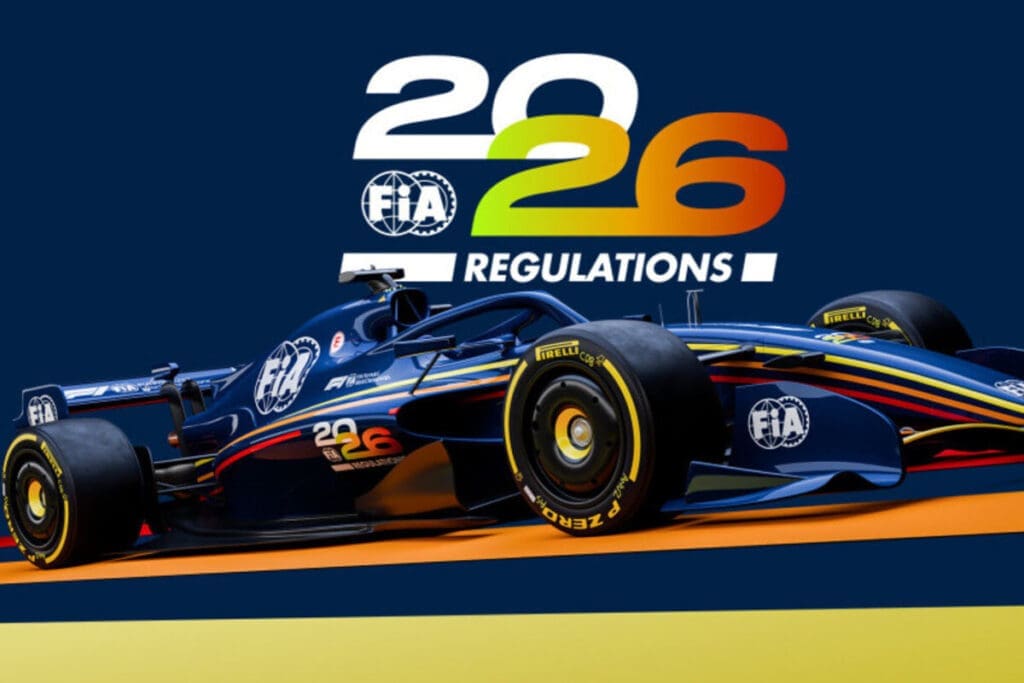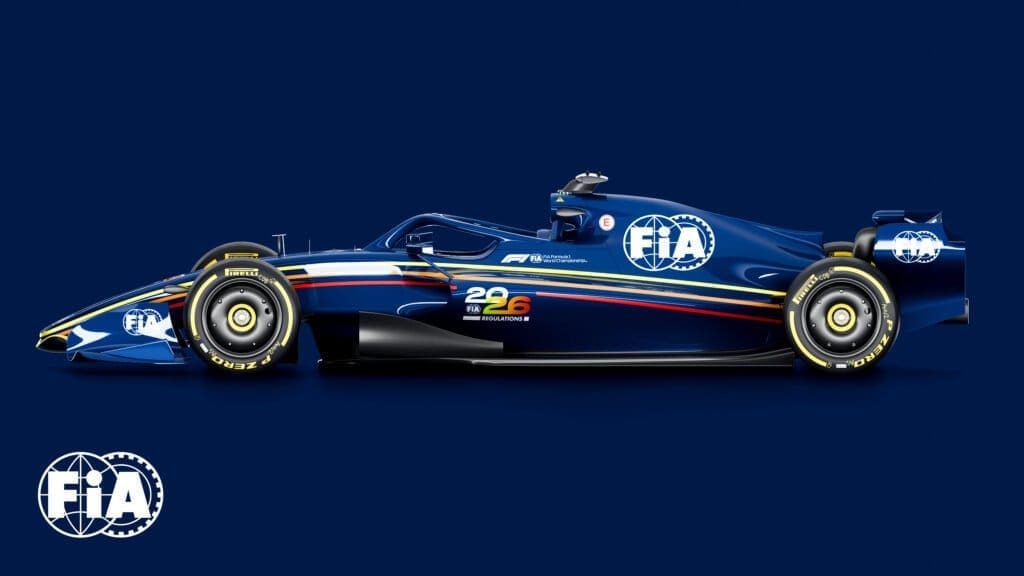A rather paradoxical scenario is emerging in Formula 1: the top-tier category might soon be outpaced by the “junior” Formula 2
No, it’s not a joke or science fiction: according to simulations carried out by Mercedes, the new power units set to debut in Formula 1 from 2026 could be less powerful than those currently used in Formula 2. The news has caused a stir in the paddock and raises serious concerns about the technical direction the pinnacle of motorsport is heading toward.

The virtual test was conducted at Monza, one of the fastest circuits on the calendar and a true temple of speed in F1. The new hybrid power unit — made up of 50% electric power — reportedly showed significant energy limitations.
During the simulations, the batteries were completely depleted halfway down the main straight, leaving the car to rely solely on the combustion engine, limited to 570 horsepower. Incredibly, that’s less than the 620 HP available to today’s Formula 2 cars.
What’s the solution? FIA considers fuel increase… or maybe V10s?
As reported by F1inGenerale, the FIA is already evaluating possible solutions. However, the only feasible fix so far would require an increase in fuel consumption, undermining the balance between performance and sustainability that the 2026 regulations — aligned with the NetZero initiative — aim to achieve.

In short, there’s a real risk that the Formula 1 cars of the future could become slower, less exciting, and even less spectacular than lower categories. While discussions continue in search of a viable compromise, many — including engineers, former drivers, and fans — are once again nostalgically invoking the glorious V10 engines, which are increasingly being mentioned by those dreaming of a more raw and thrilling Formula 1.
Photo: FIA



